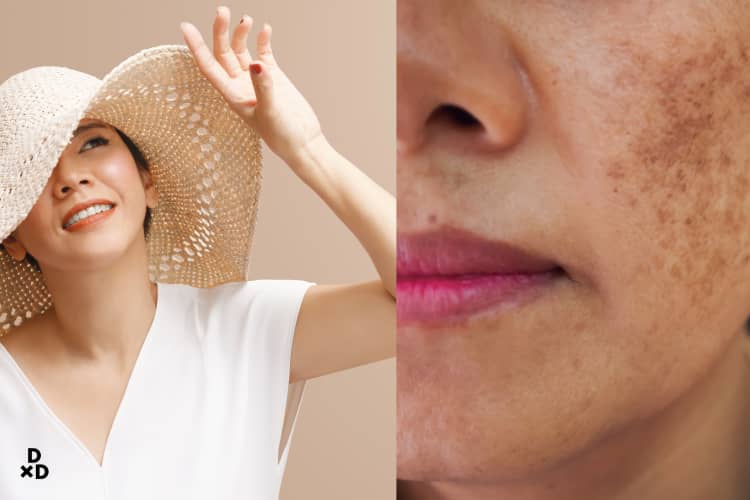A Fractional laser is a small, non-invasive laser that penetrates your skin to improve collagen and elastin production. As fractional lasers have a good therapeutic effect and have few side effects, they have become one of the most popular ways to treat skin issues.
Fractional lasers are one of the most effective treatment methods for:
- Wrinkles
- Rhytides
- Fine lines and texture irregularities
- Reduction or removal of uneven pigmentation
- Acne scars
Wrinkles
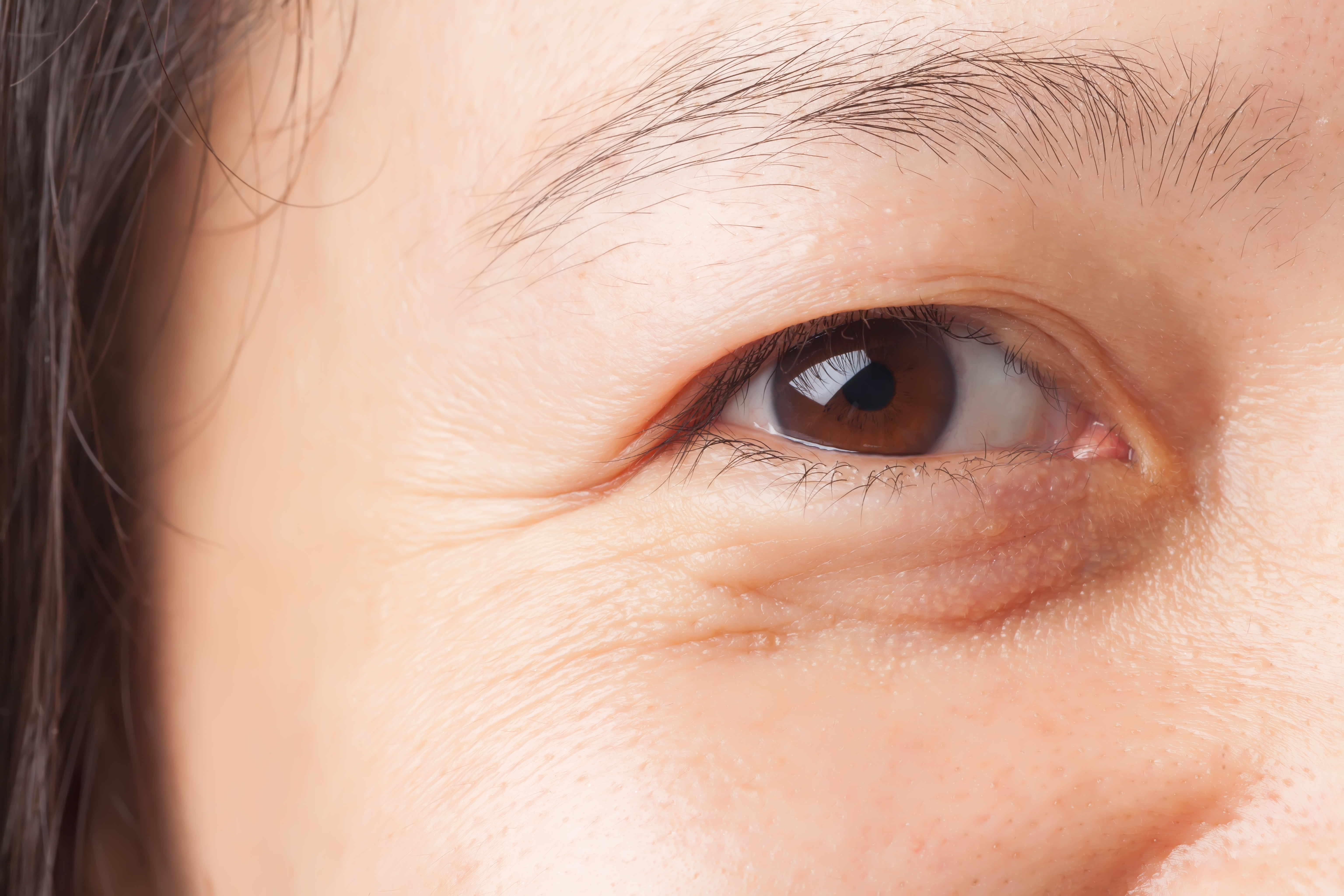 Wrinkles are a natural part of the ageing process. Most wrinkles come from ageing changes in your skin [1]. As you get older, your skin becomes thinner, drier, less elastic, and less able to protect itself against injury. This leads to wrinkles. People who work in sunlight have a greater chance of early wrinkles. Regular smoking accelerates the ageing process of the skin, as blood supply to the skin is decreased. The skin is dehydrated by alcohol and the dry skin is more likely to wrinkle.
Wrinkles are a natural part of the ageing process. Most wrinkles come from ageing changes in your skin [1]. As you get older, your skin becomes thinner, drier, less elastic, and less able to protect itself against injury. This leads to wrinkles. People who work in sunlight have a greater chance of early wrinkles. Regular smoking accelerates the ageing process of the skin, as blood supply to the skin is decreased. The skin is dehydrated by alcohol and the dry skin is more likely to wrinkle.
Fractional lasers encourage a healthy skin response to repair symptoms of sun damage.
Rhytides
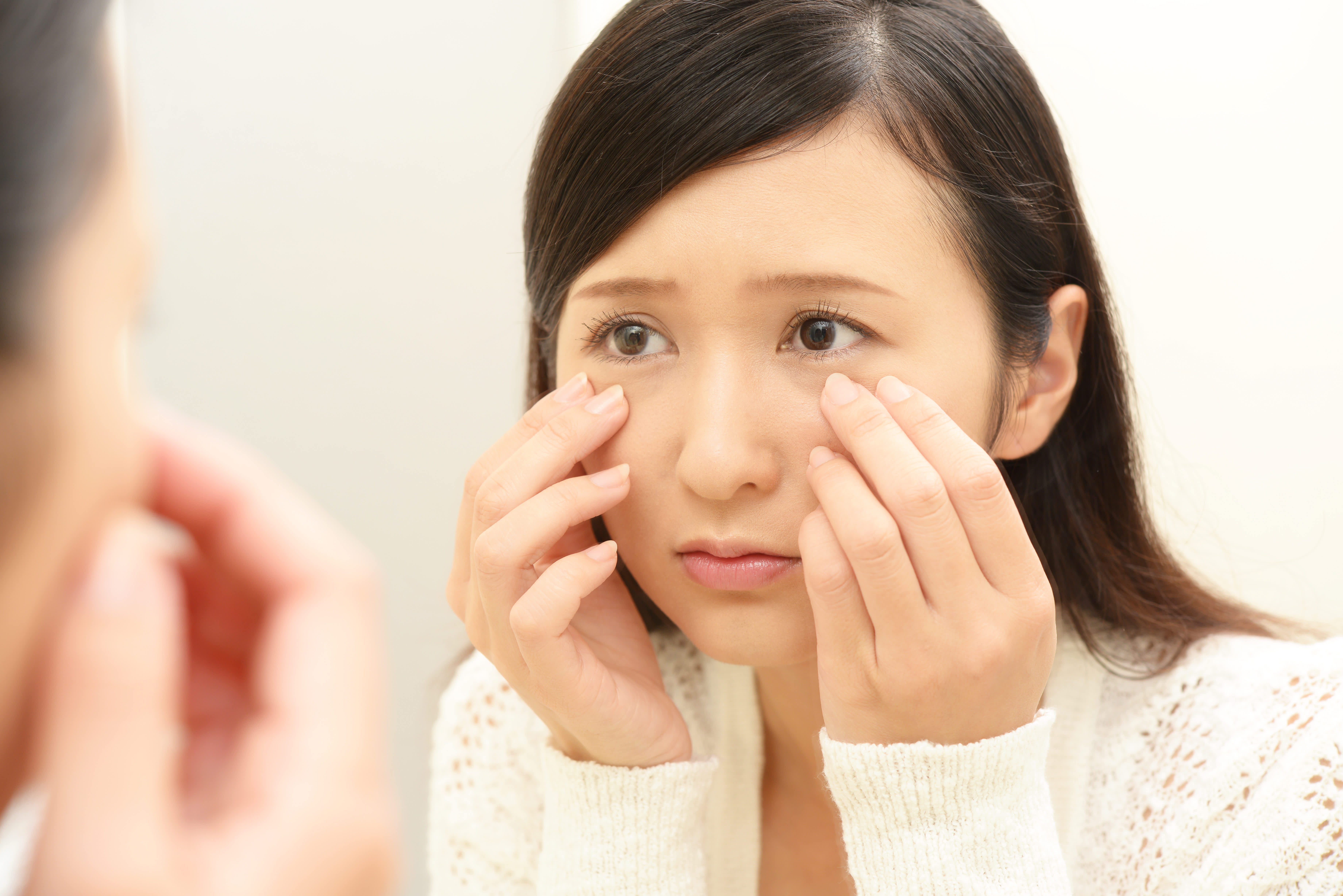 Rhytides are fine lines and slight creases that appear. You may think wrinkles and rhytides are the same, but wrinkles are the deeper folds or creases that often follow rhytides.
Rhytides are fine lines and slight creases that appear. You may think wrinkles and rhytides are the same, but wrinkles are the deeper folds or creases that often follow rhytides.
Facial rhytides are a popular problem for laser treatment [2].
Fine lines and texture irregularities
 Fine lines are thin and subtle lines that form on the face. This is usually one of the first symptoms of ageing. You can find them around the eyes and mouth, because these are the parts of the face that are the most expressive. Frequent facial expressions such as smiling, frowning, or squinting can lead to fine lines at a younger age.
Fine lines are thin and subtle lines that form on the face. This is usually one of the first symptoms of ageing. You can find them around the eyes and mouth, because these are the parts of the face that are the most expressive. Frequent facial expressions such as smiling, frowning, or squinting can lead to fine lines at a younger age.
Texture irregularities on skin, also known as uneven skin texture, are a common result of excess dead skin cells building up on the skin surface. The climate also plays a key role in skin texture, with elements such as:
- Dirt
- Chemicals
- Pollutants
- Exposure to the sun
Affecting how the skin looks. These elements can affect natural collagen and elasticity, making the skin appear dry or rough.
Fractional laser increases collagen production to fill out the skin, which can soften fine lines and helps the skin to heal and smooth itself out.
Reduction or removal of uneven pigmentation
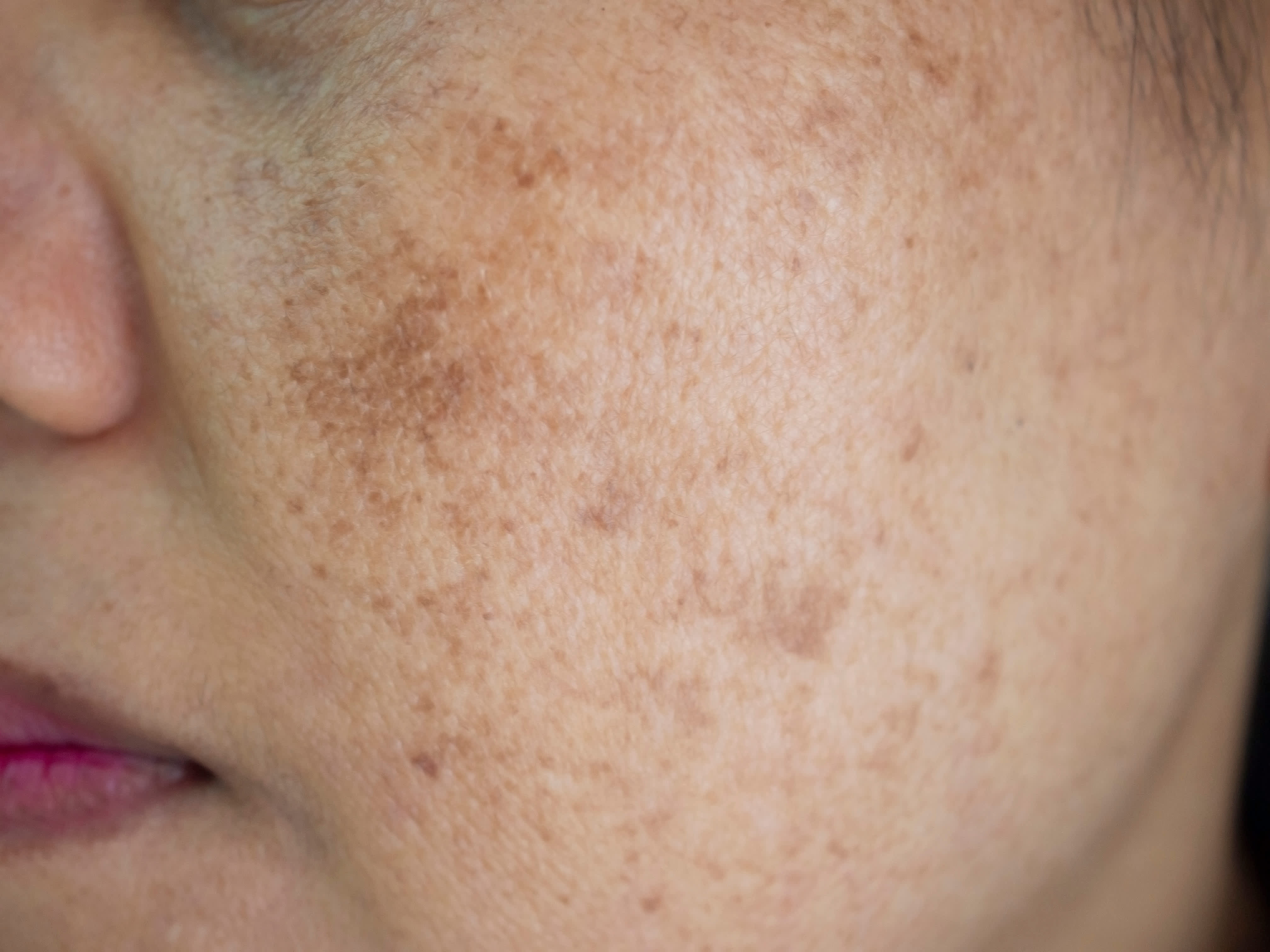 Hyperpigmentation is caused by an overproduction of the pigment melanin which is unevenly distributed across the skin. Dark spots and patches may make you look much older.
Hyperpigmentation is caused by an overproduction of the pigment melanin which is unevenly distributed across the skin. Dark spots and patches may make you look much older.
Fractional laser breaks down the layers of melanin deposits to even out skin tone.
Acne scars
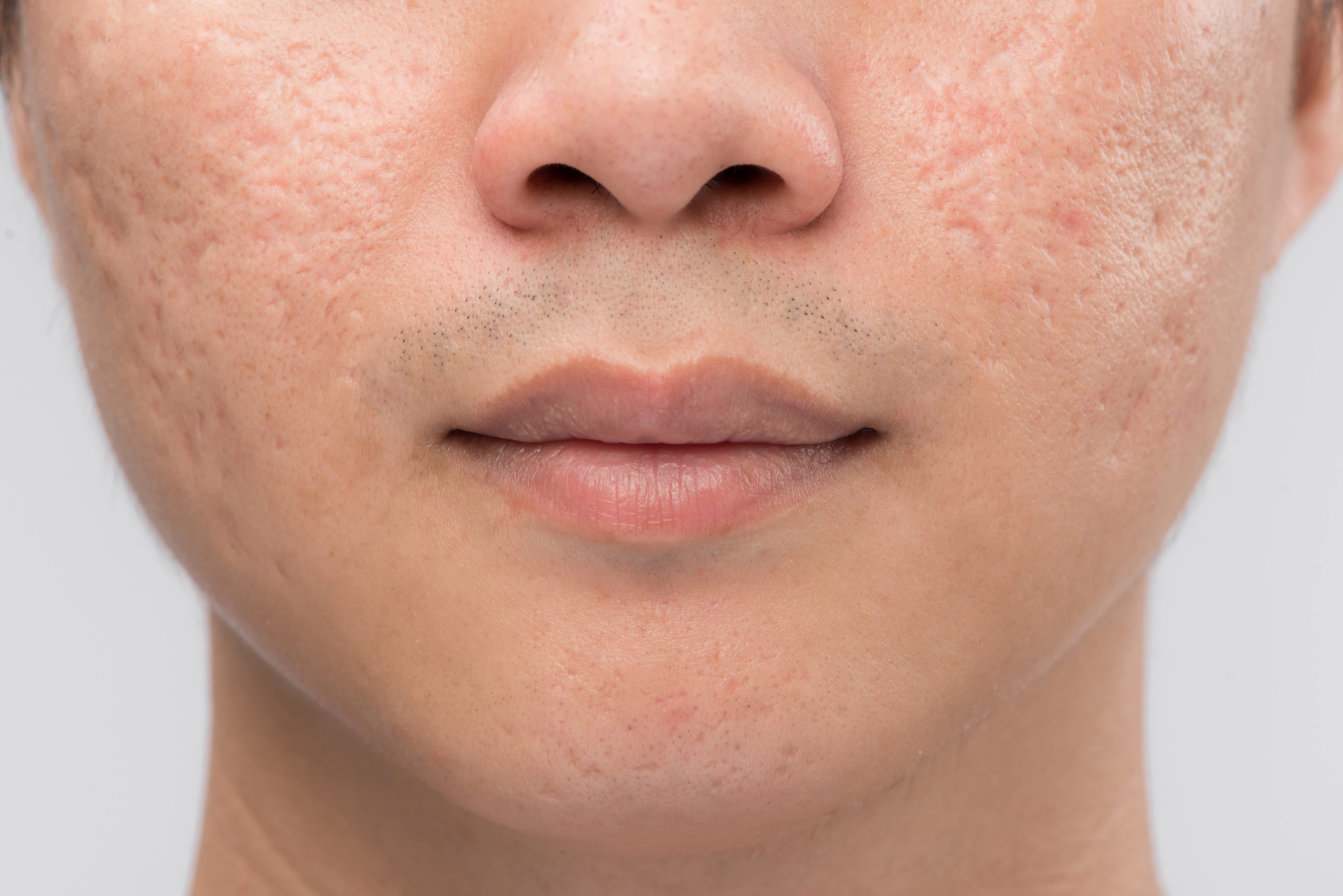 While acne is not a serious threat to health, severe acne can lead to disfigurement and permanent scar [3]. Acne scars are usually the result of inflamed defects caused by excess oil, dead skin cells, and bacteria in skin pores. The pore swells, causing the follicle wall to crack. These cracks are called lesions. Shallow lesions are usually small and heal quickly. But if the pore wall has a deep lesion, contaminated material can spill out into surrounding tissue, causing deeper lesions. The skin tries to repair these lesions by forming new fibres of collagen. These repairs are usually not as smooth as the original skin.
While acne is not a serious threat to health, severe acne can lead to disfigurement and permanent scar [3]. Acne scars are usually the result of inflamed defects caused by excess oil, dead skin cells, and bacteria in skin pores. The pore swells, causing the follicle wall to crack. These cracks are called lesions. Shallow lesions are usually small and heal quickly. But if the pore wall has a deep lesion, contaminated material can spill out into surrounding tissue, causing deeper lesions. The skin tries to repair these lesions by forming new fibres of collagen. These repairs are usually not as smooth as the original skin.
Fractional laser helps to activate the tissue under the scar to extract darkly pigmented cells below the top layer of skin.
So is Fractional Laser your go-to treatment?
 While there is no beauty product that can miraculously fix any cosmetic problem, the fractional laser does seem miraculous. Routine therapy every year or semi-annually will delay the ageing process to keep you looking younger for longer.
While there is no beauty product that can miraculously fix any cosmetic problem, the fractional laser does seem miraculous. Routine therapy every year or semi-annually will delay the ageing process to keep you looking younger for longer.







